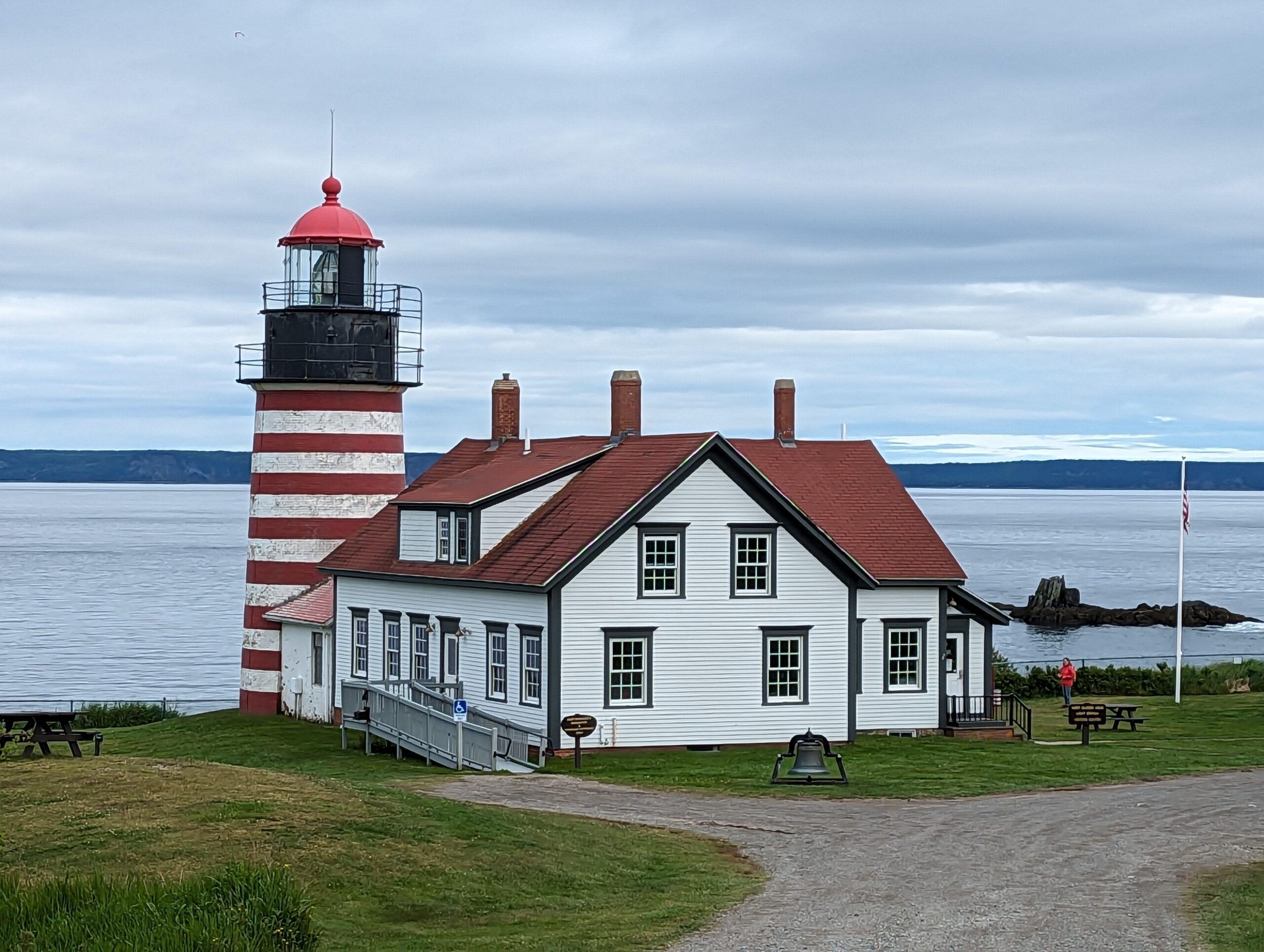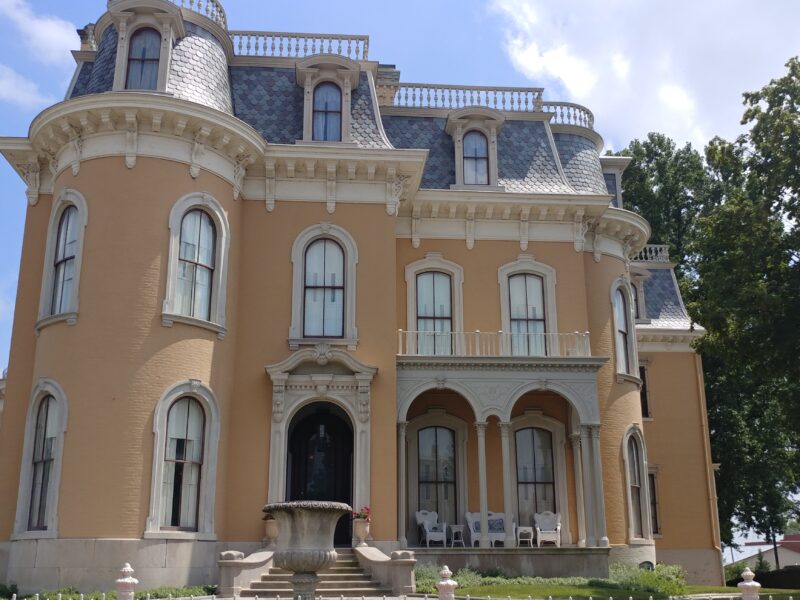The West Quoddy Head Lighthouse may be one of the most photographed light houses in the world. This is exceptionally odd, because it is fairly remote, being at the eastern most point of the continental United States. (Puerto Rico is further east).
Here are some interesting notes about its history.
The West Quoddy Head Lighthouse, located in Lubec, Maine, stands as a historic beacon overlooking the tumultuous waters where the Bay of Fundy meets the Gulf of Maine. Its rich history is intertwined with the maritime heritage of the region, spanning over two centuries of service to sailors navigating the treacherous coastline.
Early History:
- The West Quoddy Head Lighthouse was first established in 1808, making it one of the oldest lighthouses in the United States.
- Designed by architect Joseph Berry, the original tower was constructed of rubblestone and stood at a height of 50 feet.
- Its purpose was to guide ships safely through the hazardous waters and rocky shoals of Quoddy Head, a prominent headland on the easternmost point of the contiguous United States.
Renovations and Upgrades:
- Over the years, the lighthouse underwent several renovations and upgrades to improve its effectiveness and durability.
- In 1858, the tower was reconstructed and raised to its current height of 49 feet, and a fourth-order Fresnel lens was installed to enhance its visibility.
- Further modifications were made in 1895, including the addition of a fog bell tower and a new keeper’s dwelling to accommodate the lighthouse keepers and their families.
Technological Advancements:
- In 1933, the West Quoddy Head Lighthouse was electrified, replacing its original kerosene lamp with a modern electric beacon.
- During World War II, the lighthouse played a crucial role in coastal defense efforts, serving as a navigational aid for military vessels and convoys navigating the waters of the Bay of Fundy.
Automation and Preservation:
- In 1988, the West Quoddy Head Lighthouse was automated, marking the end of its long history of manned operation.
- Recognizing its historical significance, the lighthouse was added to the National Register of Historic Places in 1980 and designated as a National Historic Landmark in 1990.
- Today, the West Quoddy Head Lighthouse continues to shine as a symbol of maritime heritage and serves as a popular tourist destination, offering visitors panoramic views of the rugged coastline and surrounding natural beauty.
Legacy and Significance:
- The West Quoddy Head Lighthouse holds a special place in the hearts of locals and visitors alike, embodying the resilience and spirit of the maritime community.
- Its iconic red-and-white striped tower stands as a timeless symbol of safety and guidance, a testament to the enduring legacy of those who have worked tirelessly to keep the light burning bright for generations to come.


